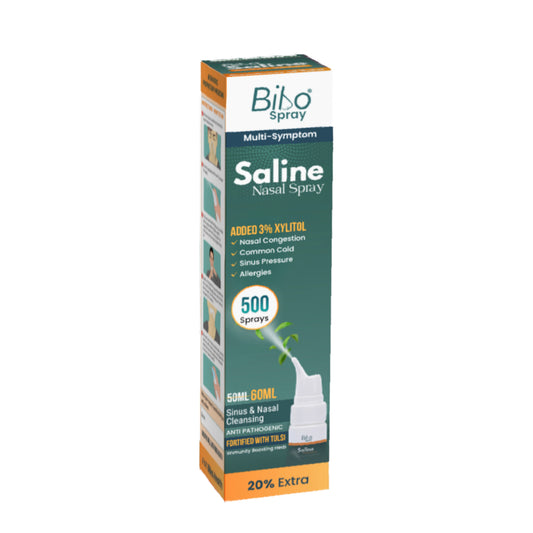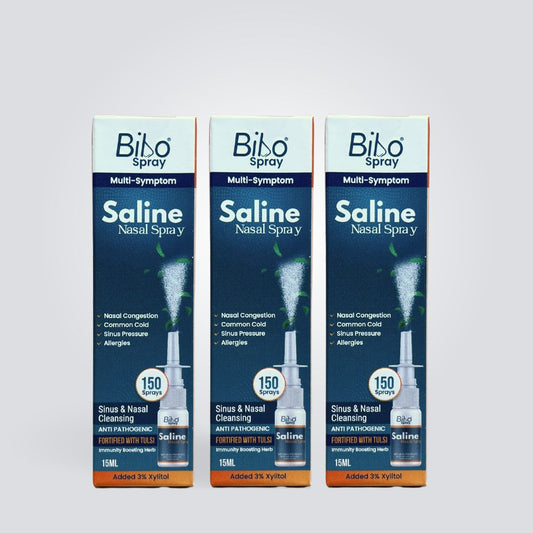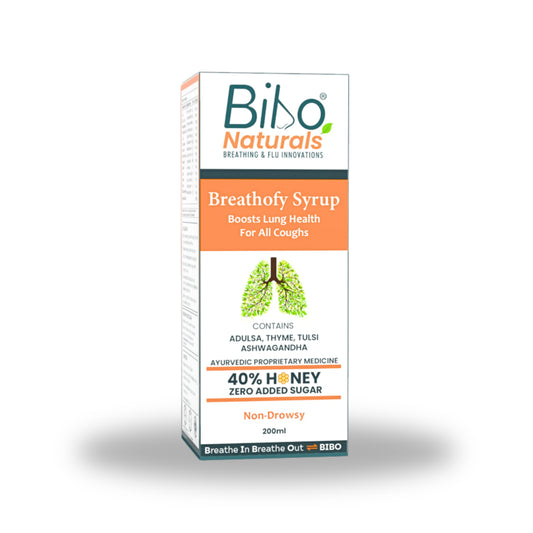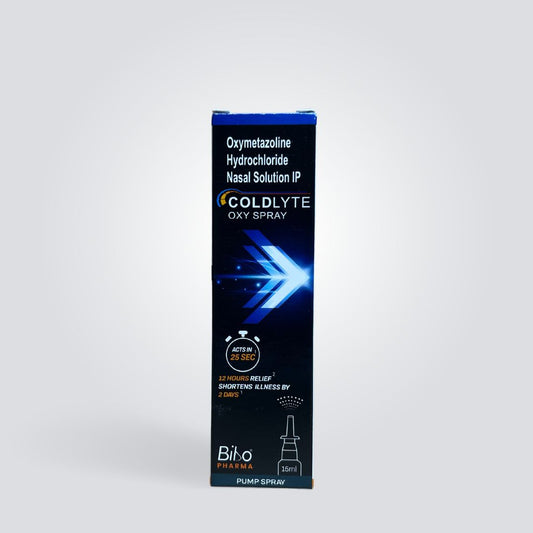Nasal congestion is of common occurrence. We all have been affected by it. These congestions usually resolve on their own. But sometimes, they may warrant interventions like home remedies or other medicines. Nasal sprays are very popular these days, but only a few of us know their potential pros and cons. In this blog, we will be discussing this relatively new modality for treating nasal congestion. So, next time we have blocked or runny nose, we know which nasal spray to take.
Nasal sprays deliver the medicine directly into our nose for quick action. Nasal sprays are effective against the blocked nose, allergies, nasal congestions and inflammation due to cold, sinusitis, or infections.
These nasal sprays come with a set of advantages and disadvantages.
What are the advantages of using a nasal spray?
Nasal sprays are a modern way to get instant relief from nasal congestion. Since we use them directly in the nose, they relieve the congestion rapidly. Nasal sprays are easy to administer. They are safe and convenient with minimal side effects if used in moderation.
What are the potential disadvantages of nasal sprays?
Nasal sprays have some disadvantages and side effects. Some of the drawbacks of nasal sprays are:
- Due to less surface area of the nose, only a limited amount of drug reaches the mucosa
- Some people may get irritation while using nasal sprays
- Sometimes the blocked nose limits drug absorption
- Frequent use of some nasal sprays can damage or irritate the nasal mucosa
Types of nasal sprays:
Tulsi and xylitol based nasal spray:
These sprays contain herbs like tulsi to treat nasal allergies and inflammation. These sprays do not have any side effects as they are natural and are free from chemicals.
Ayurvedic nasal sprays may contain saline as it helps to flush out dust or allergens. These nasal sprays may help loosen the thick mucus, prevent nasal dryness, and are safe for all ages, including children.
Tulsi is clinically proven to have anti-allergic, anti-inflammatory and immunomodulatory properties. It acts as a broad-spectrum anti-bacterial, anti-viral and anti-fungal agent.
Xylitol in nasal sprays may stimulate the immune system to fight against various bacteria, viruses and allergies. It shows anti-inflammatory action.
Bibo saline nasal spray is a popular ayurvedic nasal spray containing tulsi and xylitol.
Antihistamines based nasal sprays:

Histamines are chemicals released due to allergic reactions. These histamines are responsible for airway constriction by smooth muscle contraction, bronchial secretion and swelling of the mucosal layer. Antihistamines block the histamine secretion and thus provide relief from nasal congestion. These sprays are also useful in treating runny noses. They work faster than steroid-based nasal sprays. It is best to start using a nasal spray a few days before the impending allergic season for better results. Drugs that show antihistaminic action include Azelastine (Azep, Arzep, Azenap) and olopatadine that are available in nasal sprays.
Possible side effects of these sprays include drowsiness, nosebleeds, or dry mouth.
Steroid based nasal spray:

They work by reducing the inflammation in the nasal cavity by inhibiting inflammatory mediators such as histamines and leukotrienes.
These sprays help to provide relief from hay fever, nasal congestion, nasal allergies, sneezing, runny nose and watery eyes. They start working almost immediately, but it takes about 2 to 4 weeks to show complete benefits. Hence, they are a better option for long-term use. They are considered one of the most effective nasal sprays for allergic rhinitis.
Common steroid based nasal sprays include beclomethasone (Beclate), ciclesonide (ciclospray), fluticasone furoate (Avamys, Flixonase, Furamist), mometasone (Nasonex), budesonide (Budenase AQ, Rhinocort aqua), fluticasone propionate (Flonase) and triamcinolone (Nasacort)
These sprays may take several days to start showing effects. Using it daily during the allergy season can provide relief. But irrational use of steroid based nasal sprays may reduce their efficacy.
Possible side effects include headache, sore throat, cough, sneezing and nosebleed.
Saline based nasal spray:
It is a drug-free nasal spray. These sprays keep the nasal mucosa moist and loosen the thick mucus associated with the common cold.
They are safe for all age groups, including children. These sprays may not have any side effects. They work well for patients with epistaxis (bleeding from the nose). These sprays require frequent administration.
Common saline based nasal sprays include Simple saline, Xlear, Nasoclear, Bibo saline nasal spray.
Decongestant based nasal sprays:
These nasal sprays work by shrinking the blood vessels in the nasal passages. The constricted blood vessels reduce nasal congestion by preventing the fluid drainage into the nasal cavity. If used for more than the prescribed duration, these sprays may cause rebound congestion, and pain and infection of the nasal tisues. This rebound congestion is often mistaken as an addictive effect of the drug.
Common decongestant based nasal sprays include oxymetazoline (Otrivin, Naselin) and phenylephrine (neo-synephrine)
Decongestant based nasal sprays help reduce congestion in both allergic and non-allergic rhinitis.
Combination of antihistamines and steroids based nasal sprays:
These sprays provide relief against allergies and inflammation of the nose. They provide synergistic action.
Duonase is a combination of azelastine and fluticasone propionate.
Anticholinergic based nasal sprays:
Anticholinergic nasal sprays work by decreasing the nasal secretions and thereby decreasing the nasal stuffiness.
These sprays help to treat runny noses in both allergic and non-allergic rhinitis.
Possible side effects include bad aftertaste, dry mouth, headache, sore throat, nasal irritation or nosebleeds.
Example of anticholinergic based nasal spray includes ipratropium bromide (Atrovent).
Cromolyn sodium-based nasal spray:
It inhibits the release of chemicals responsible for allergic symptoms such as histamines and leukotrienes.
These sprays help in relieving nasal congestion, sneezing and runny nose due to allergies. They may be safe for adults and children above two years. They are safe for long term use.
These sprays take about a week to show better results in controlling the allergy symptoms.
Nasalcrom is a popular brand of cromolyn sodium based nasal spray.
Possible side effects include bad aftertaste, sneezing, itching, nosebleeds or nasal burning.
Commonly used preservatives in nasal sprays:
Benzalkonium chloride and potassium sorbate are the most commonly used preservatives in nasal sprays.
Prolonged use of nasal sprays containing these preservatives can cause toxic reactions in the nose and may exacerbate the symptoms associated with allergic rhinitis.
Are vapor rubs containing petroleum jelly safe?
Petroleum jelly is present in most of the vapor rubs except for some ayurvedic vapor rubs like Bibo Rub-On. All vapor rubs are generally safe for external use. But inhaling fat-based lipoids such as petroleum jelly or mineral oil for a prolonged period may cause lipoid pneumonia (a condition in which lipids accumulate in the alveoli causing inflammation) and may even cause lung damage in severe cases.
Is it safe for kids to inhale vapor rubs containing camphor?
Vapor rubs containing camphor can cause neurologic side effects, especially seizures in children. Camphor poisoning is common in children. Bibo Run-On and Bibo Vapor Patch do not have camphor and hence, it is safe for children.
Bibo insights:
It is advisable to use nasal sprays for a short period to avoid rebound congestion. Nasal sprays containing tulsi and xylitol may help prevent rebound congestion and is safe for long time use. To increase the effectiveness of these sprays, start using them a few days before allergy season begins. Also to achieve the most effective results, apply the ayurvedic nasal spray an hour before bedtime.
References:
- Hadda, V., Khilnani, G. C., Bhalla, A. S., & Mathur, S. (2009). Lipoid pneumonia presenting as non-resolving community-acquired pneumonia: a case report. Cases Journal, 2, 9332. https://doi.org/10.1186/1757-1626-2-9332
- Narayan, S., & Singh, N. (2012). Camphor poisoning-An unusual cause of the seizure. The medical journal, Armed Forces India, 68(3), 252–253. https://doi.org/10.1016/j.mjafi.2011.11.008
- Marple, B., Roland, P., & Benninger, M. (2004). Safety Review of Benzalkonium Chloride Used as a Preservative in Intranasal Solutions: An Overview of Conflicting Data and Opinions. Otolaryngology-Head and Neck Surgery, 130(1), 131–141. https://doi.org/10.1016/j.otohns.2003.07.005
- Ho, C. Y., Wu, M. C., Lan, M. Y., Tan, C. T., & Yang, A. H. (2008). In vitro effects of preservatives in nasal sprays on human nasal epithelial cells. American journal of rhinology, 22(2), 125–129. https://doi.org/10.2500/ajr.2008.22.3154




